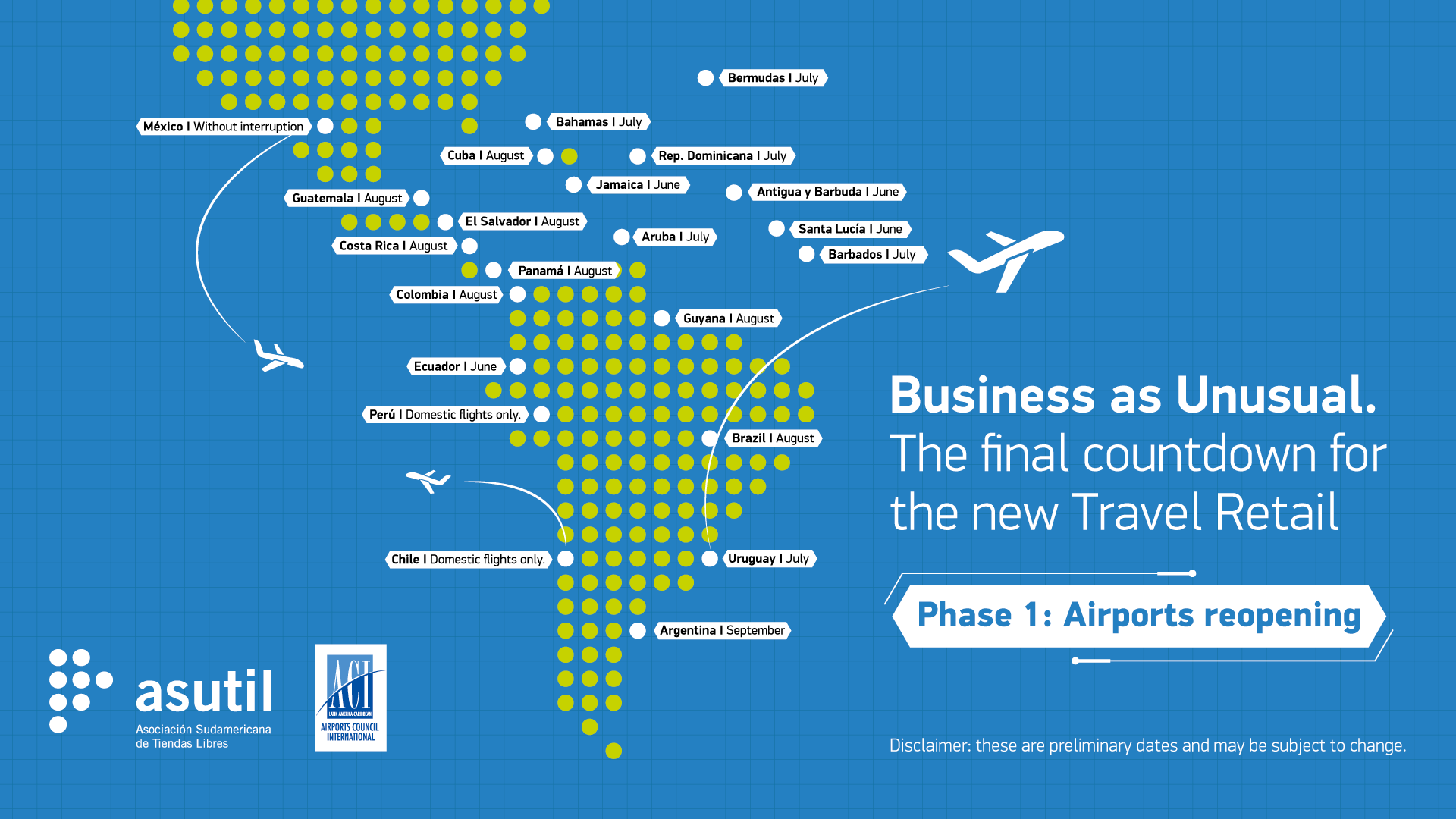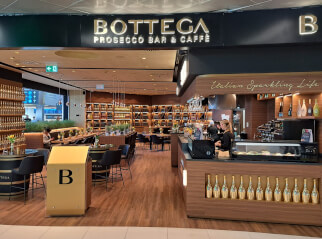Latin American passenger traffic tumbles 51% in the year to June

Rafael Echevarne, Director General, Airports Council International - Latin America and Caribbean (ACI-LAC), gave an informative presentation of the current state of affairs in the Latin American aviation industry during the South American duty free association ASUTIL’s third webinar.
Passenger traffic in the year to June in Latin America was 51% lower than last year. “We have lost half of the passengers,” said Echevarne. ARI-LAC forecasts that the rest of the year will also be down 51%.
He noted that Mexico was the only country in the world that didn’t impose any restrictions on air transportation. But in other countries, such as Colombia and Argentina, the lockdown had been very strict.
Uruguay was the only country in Latin America that had been allowed to reintroduce flights to the European Union, and Ecuador was the only country that went from a complete lockdown to an opening of air transportation, he added.
Domestic traffic boost
In big countries like Brazil and Mexico, the situation was different from the rest of the region, because there’s a lot of domestic traffic. In both of these countries, there was a 70% decrease in traffic compared to last year, as opposed to 90% in the height of the crisis.
Airports throughout the region have already introduced all the measures and protocols to ensure that air transportation is not a factor in the transmission of COVID-19. For example, only travelers can access the terminal building, passengers and employees all wear masks, and social distancing is imposed.
“I have been traveling all over Europe and I can say that the protocols in Latin America are much stricter than in Europe,” continued Echevarne. “Many countries in Europe are not using thermal cameras. Although it’s questionable how effective they are, it’s more in order to provide confidence to the travelers.”
Echevarne observed that if countries impose quarantine restrictions, that immediately means a huge reduction in demand for air transportation and tourism dries up.
He said the requirement for passengers to prove they are virus-free was becoming more popular. This usually involves taking a test within the last 72 hours and proving you don’t have it at the airport, or taking the test upon arrival.
He explained that in travel bubbles, people can travel freely within an area, such as in Europe, and there is no need to go into quarantine. “This is the only way of stimulating air transportation,” he said.


.jpg?&resize.width=322&resize.height=483)







